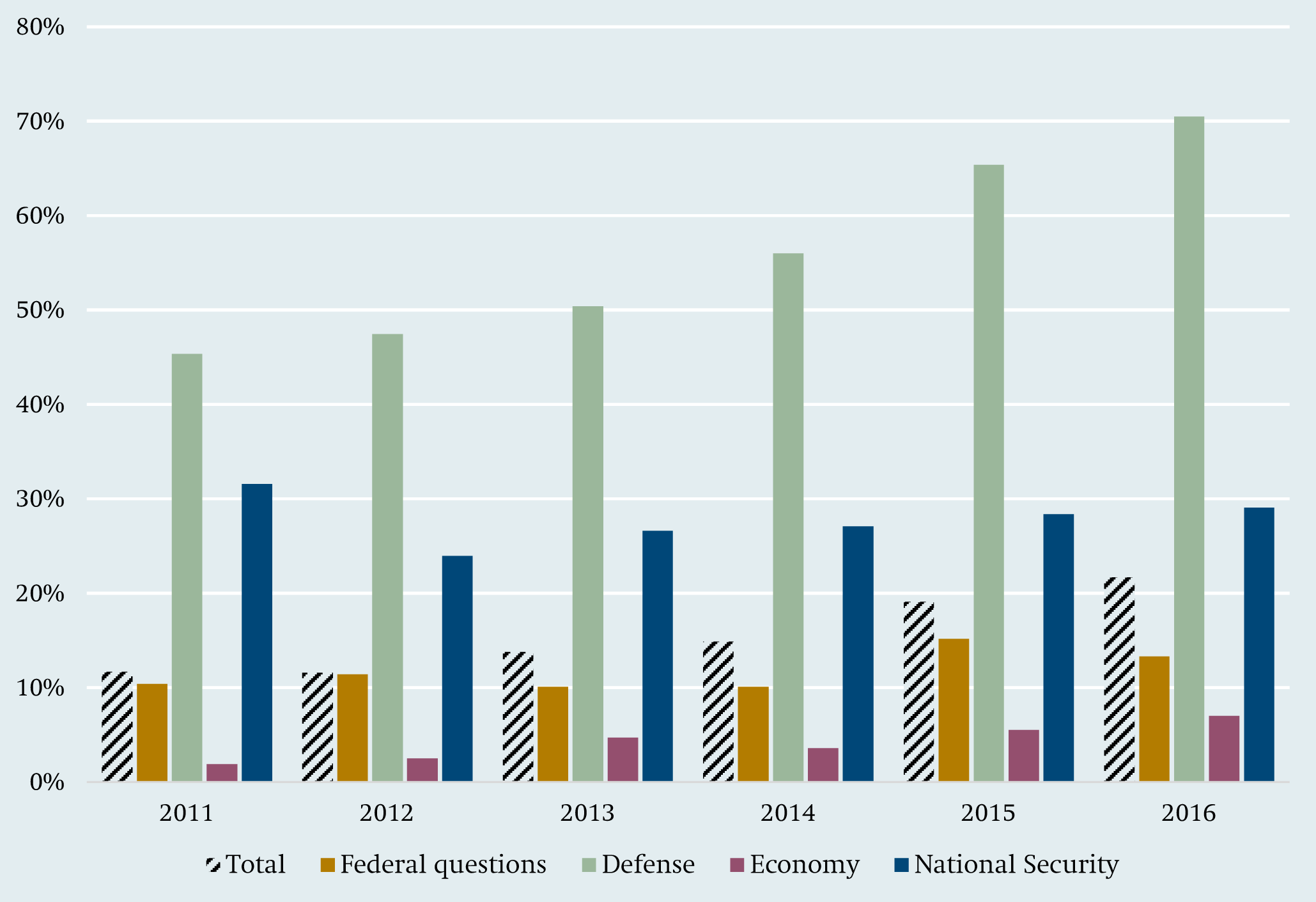
Pursuant to Article 34.1 of the Federal Law ‘On the Central Bank of the Russian Federation (Bank of Russia)’, the main goal of the Bank of Russia’s monetary policy is to protect the ruble and ensure its strength through maintaining price stability. This is what distinguishes a floating exchange rate regime from the multiple varieties of managed exchange rate regimes. In normal conditions, the Bank of Russia does not conduct any foreign exchange interventions to influence the exchange rate of the ruble. Thus, the exchange rate of the ruble is not determined by the government or the central bank, it is not fixed, and there are no pre-established targets for the exchange rate or the pace of its movements. (Data on fluctuations of the ruble exchange rate and factors causing these changes are published in the quarterly Monetary Policy Report). Specifically, exchange rate dynamics may be affected by movements of import and export prices, inflation and interest rates in Russia and abroad, the pace of economic growth, investor sentiment and expectations in Russia and abroad, as well as changes in the monetary policy of the central banks of Russia or other countries. Any factors affecting this ratio may cause the exchange rate to fluctuate. Russia is currently using a floating exchange rate regime, which means that foreign exchange rates against the ruble are determined by market forces, that is, the ratio of the demand for and supply of foreign currency in the foreign exchange market. That said, the Bank of Russia is keeping a close eye on the situation in the foreign exchange market and may carry out foreign currency operations in order to support financial stability.




 0 kommentar(er)
0 kommentar(er)
